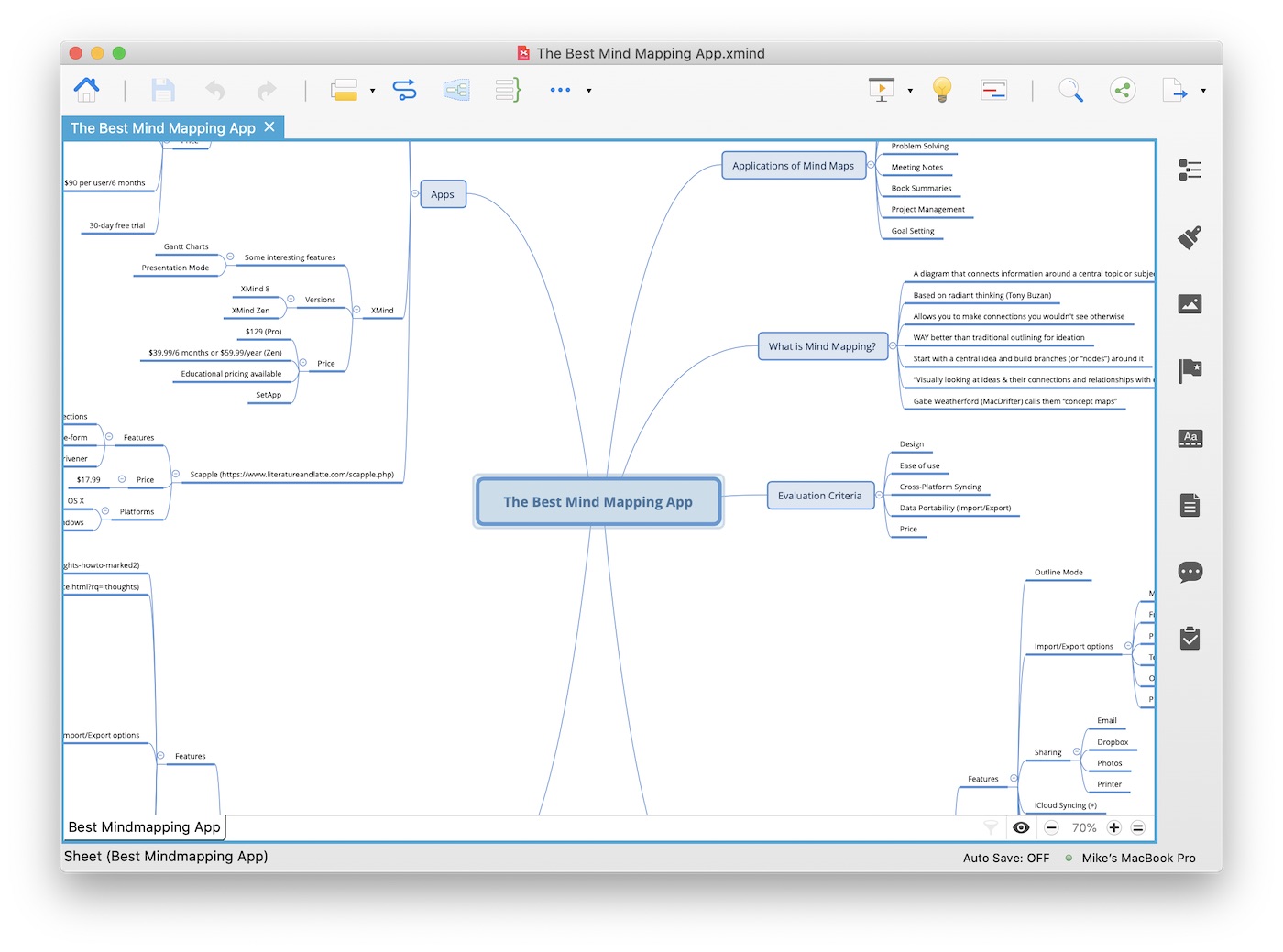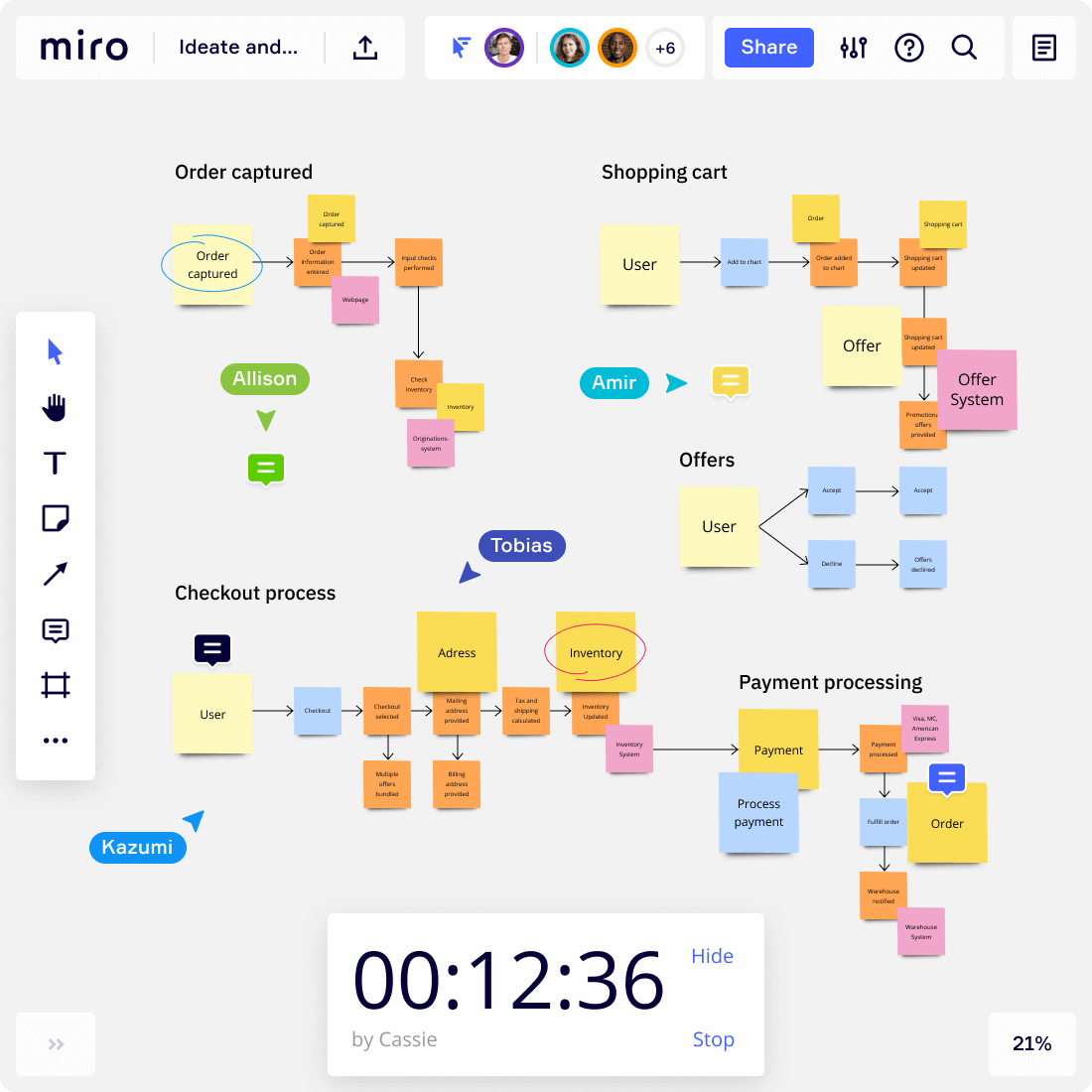
Right-click the topic that you want to add a same-level topic or subtopic to, and click Add Peer Topic or Add Subtopic. Right-click the topic that you want to add a same-level topic to, and click Add Peer Topic. Right-click the topic you want to add multiple subtopics to, and then click Add Multiple Subtopics. There are several ways to add topics to your diagram: Add multiple subtopics Right-click the Main Topic shape, and then click Add Subtopic. Right-click the drawing page and click Add Main Topic. In Visio, you can easily build your diagram using this method.Ĭreate a diagram using the shortcut method Most experienced users use the shortcut method because of its accessibility. The shortcut menu also includes standard Visio drawing page commands for tasks such as copying and pasting shapes. In any Microsoft Office application, the shortcut (or "right-click") menu is a handy tool to use when you want to quickly perform an action without moving the cursor off the page. When you move a topic, its connectors reposition automatically and its subtopics move with it. Tip: You can manually arrange topics by selecting the topics that you want to move, and then dragging them to a different location on the page. On the Brainstorming toolbar, click Auto-Arrange. You can improve the appearance of your diagram and maximize the space on the drawing page by doing the following: Select the topic that you want to add a same-level topic or subtopic to, and then, on the Brainstorming toolbar, click Peer or Subtopic. Select the topic you want to add a same-level topic to, and then, on the Brainstorming toolbar, click Peer. When you are finished adding all the topics that you want, click OK. In the dialog box, type the text for each new topic, and press ENTER after each one. Select the topic you want to add subtopics to, and then, on the Brainstorming toolbar, click Multiple Subtopics. You can add more topics to your diagram by doing one of the following: With the Main Topic shape selected, click Subtopic.Ī subtopic connects to and is subordinated to the main topic.Īdd more topics using the Brainstorming toolbar With the shape selected, type the text that you want the main idea to represent. In addition to adding or arranging topics, you can use commands on this ribbon to perform such actions as changing the type of an existing topic or moving a topic to a new page.Ĭreate a diagram using the Brainstorming tab The Brainstorming ribbon gives you access to all the tools designed specifically for the Brainstorming template. For example, if you are using a Tablet PC, you just tap once on the Brainstorming ribbon to place topics on the drawing page. You can easily access these tools without dragging the pointer off the drawing page. You can perform the most common tasks in building a brainstorming diagram, such as adding a main topic or arranging topics on the page, by clicking buttons on the Brainstorming ribbon. Also, make sure that you type the right unit of measurement (inches or millimeters) in the Custom size boxes when you are typing in the size of the page. Note: The changes to the size of the drawing page apply only to the page you are currently viewing. Under Custom size, type the size you want to page to be, and click OK. Resize the drawing page using the Page Setup dialog boxĬlick Design, and then press Shift+F5 to open the, the Page Setup dialog. When the pointer changes to a two-headed arrow, drag the pointer to resize the page. Place the pointer on the border of the drawing page that you want to expand, and then press the CTRL key.

This view shows you the borders of your drawing page.

On the View menu, click Zoom, and click Whole Page. Resize the drawing page by manually dragging the borders There are two ways to resize the page: by manually dragging the borders of the page or by using the Page Setup dialog box. If your brainstorming diagram extends beyond the borders of the drawing page, you can easily expand the page without moving your topics to a different page. If you don't see Business, click Templates or Categories.Įxpand the drawing page to fit your brainstorming diagram

Under Business, click Brainstorming Diagram. In this setting, hierarchies aren't always apparent and you need to capture ideas quickly. This method is most useful during a brainstorming meeting where people are contributing ideas in rapid succession. You then revise, refine, and share the results among the members of the group. The second is to capture all ideas as they are expressed and later to organize them in a hierarchical diagram.

The first is to begin with a main idea and then generate related topics and subtopics hierarchically to arrive at a large number of different possible approaches. There are two primary ways to use a brainstorming diagram.


 0 kommentar(er)
0 kommentar(er)
